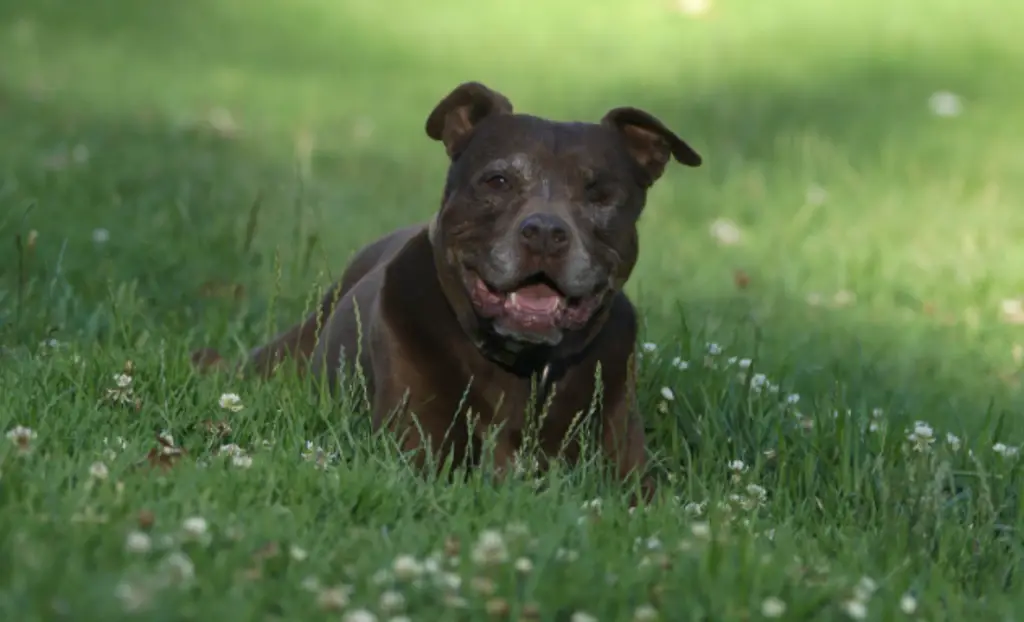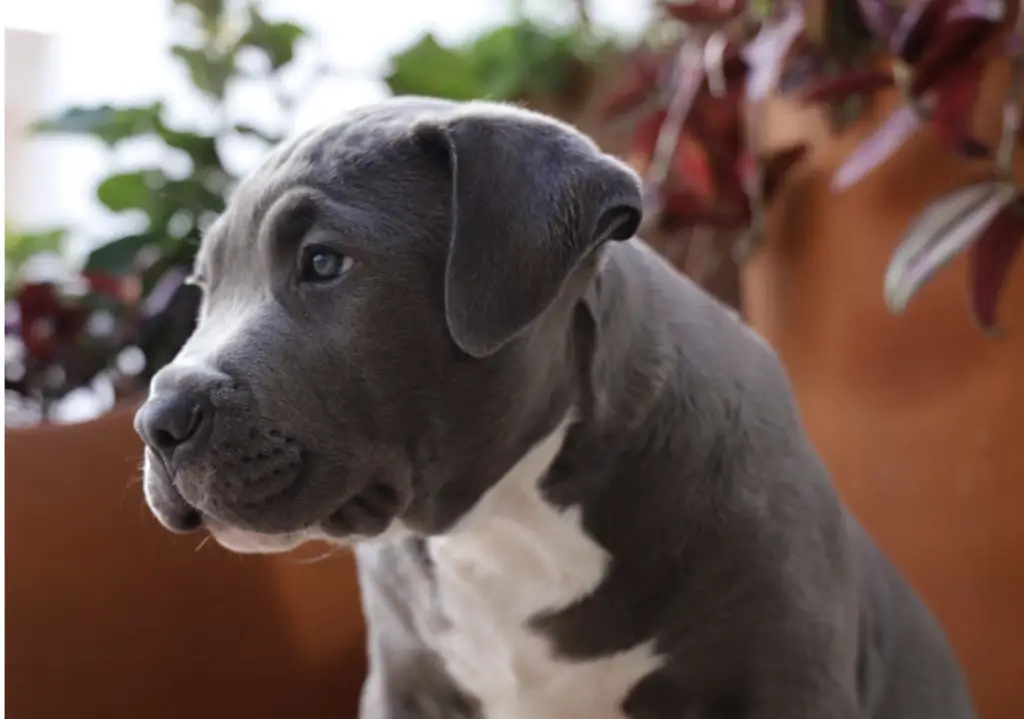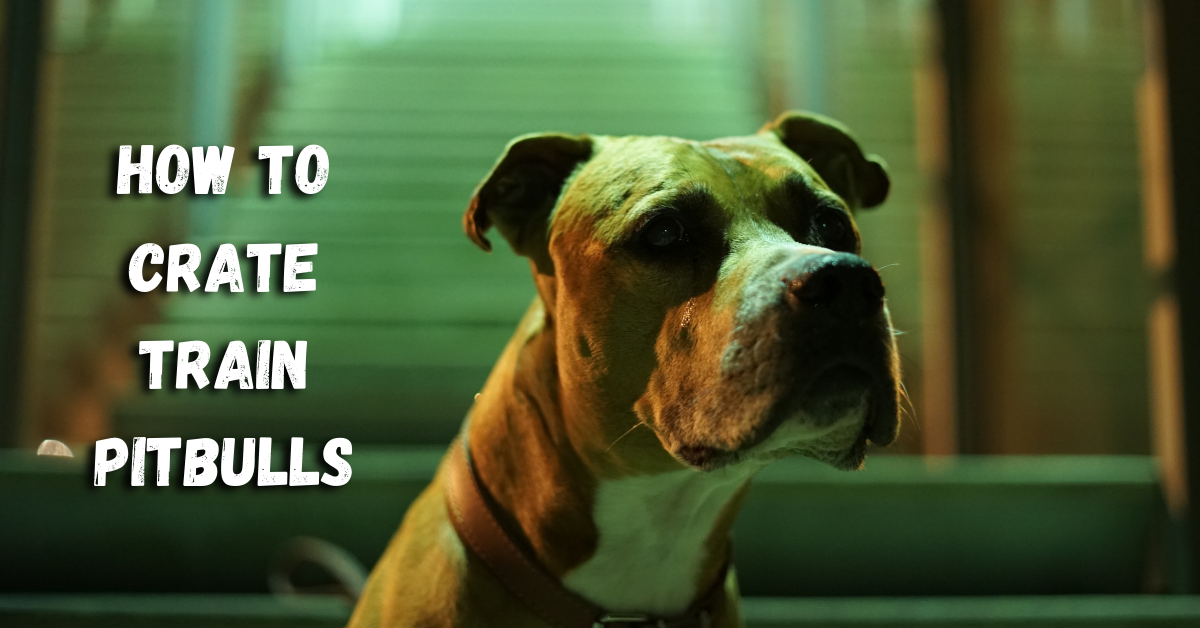From providing a safe and comfortable space for your Pitbull to ensuring successful housebreaking, crate training is an essential aspect of responsible dog ownership. This comprehensive guide is designed to help you navigate the crate training process with ease, offering step-by-step instructions, expert tips, and practical solutions for various crate training challenges.
Understanding Crate Training

First and foremost, before moving forward with the guide, let us see what are the benefits of crate training:
- Housebreaking: Crate training plays a crucial role in housebreaking your Pitbull by tapping into their natural instinct to keep their den clean. As your dog becomes accustomed to the crate, they’ll learn to hold their bladder and bowel movements until they are outside of the crate, making the housebreaking process more efficient and effective.
- Travel safety: A crate can serve as a secure and familiar space for your dog during travel. By properly introducing the crate, your dog will feel comfortable and safe while in the car, reducing stress and the risk of injury.
- Preventing destructive behavior: A crate provides a controlled environment where your dog can’t engage in destructive behaviors, such as chewing on furniture or getting into the trash. This not only protects your belongings but also helps keep your dog safe from potential hazards.
- Providing a safe, comfortable space: A well-trained Pitbull will view their crate as a personal sanctuary, a place to relax and feel secure. This den-like space can help reduce anxiety and provide comfort during times of stress or change.
Selecting the right crate
- Size considerations: Your dog’s crate should be large enough for them to stand up, turn around, and lie down comfortably, but not so large that they have excessive room to roam. A crate that is too big may encourage your dog to use one end as a bathroom, undermining the housebreaking process.
- Types of crates: There are three main types of crates to choose from: wire, plastic, and soft-sided. Wire crates offer excellent ventilation and visibility, while plastic crates are more enclosed and may feel cozier to your dog. Soft-sided crates are lightweight and portable, but may not be as durable or secure as the other options. Consider your dog’s needs, your lifestyle, and your personal preferences when selecting a crate type.
Preparing for Crate Training
Given below is the step-by-step guide on how you should approach crate training:
Introducing the Crate
- Place the crate in a common area of your home, such as the living room or kitchen, where your dog can feel included in family activities. Make sure the crate is not in direct sunlight or in a drafty location, as this could make your dog uncomfortable.
- To create a cozy and appealing environment, add soft bedding, blankets, or a crate pad to the crate. You can also include your dog’s favorite toys or a chew-safe item, such as a durable chew toy, to keep them occupied while inside the crate.
- Allow your dog to explore the crate at their own pace. Leave the door open and encourage them to enter by placing treats or toys inside. Praise and reward them for any interaction with the crate, gradually building positive associations.
Crate Training Supplies
- Choose comfortable, washable bedding or a crate pad that fits the size of the crate. Ensure that the materials are safe and non-toxic for your dog.
- Provide a variety of toys and chews to keep your dog entertained and mentally stimulated while in the crate. Opt for durable, safe options that can withstand your dog’s chewing habits.
- Select high-quality, motivating treats that will be used to reward your dog during the crate training process. These should be small, easy-to-consume treats that can be given frequently without causing dietary issues.
Step-by-step Process
- To help your dog feel comfortable with the crate, encourage them to enter voluntarily. Use treats or toys to lure them inside, and praise them for any positive interaction with the crate. Be patient and avoid forcing them into the crate, as this can create negative associations.
- Reward your dog with treats and praise each time they enter the crate. This will help reinforce the positive association and make the crate a pleasant place for your dog.
- Make the crate a rewarding experience by providing your dog with special treats, toys, or chews that are only available when they are in the crate. This will further strengthen the positive association and motivate your dog to spend time in the crate.
- Begin by placing your dog’s food bowl near the crate, allowing them to eat in close proximity to it. Gradually move the bowl closer to the crate until it is inside, encouraging your dog to enter the crate during meal times.
- Once your dog is comfortable eating inside the crate, start closing the door while they eat. Initially, only close it for a few minutes and then gradually increase the duration. Always open the door as soon as they finish eating.
- Increasing duration over time: Gradually increase the amount of time your dog spends in the crate with the door closed after meals. Be sure to praise and reward them for staying calm and relaxed.
Lengthening Crate Stays & Overnight Training

- Introduce a command, such as “crate” or “bed,” to signal to your dog that it’s time to enter the crate. Use the command consistently, rewarding your dog for obeying and entering the crate.
- Once your dog is comfortable in the crate for extended periods, start leaving them alone for short intervals. Gradually increase the duration of your absences, always ensuring that your dog remains relaxed and content.
- Continue to build on the duration of your dog’s crate stays, working up to leaving them in the crate for a few hours at a time. Be sure to provide opportunities for exercise, mental stimulation, and social interaction before and after crate time.
For overnight crate training:
- Establish a consistent bedtime routine that includes a potty break, some quiet time, and a command to enter the crate. Place the crate in your bedroom or close by, so your dog feels secure and connected to you at night.
- Make sure the crate is comfortable, with appropriate bedding, and free of hazards. Provide a familiar toy or chew to help your dog relax and settle down for the night.
- If your dog whines or cries during the night, ensure their needs are met (potty break, water, etc.). If they continue to whine without an apparent need, wait for a brief moment of quiet before letting them out of the crate to avoid reinforcing the behavior.
Overcoming Common Crate Training Challenges
While most Pitbulls do quite well and adapt very quickly to crate training, in some cases, you might have certain blowbacks, which can be controlled easily using the steps below.
Separation Anxiety
- If your dog exhibits signs of distress or anxiety when left alone in the crate, they may be suffering from separation anxiety. Symptoms include excessive whining, barking, drooling, and attempts to escape the crate.
- Consult a professional dog trainer or behaviorist for guidance on managing separation anxiety. They may recommend a combination of training techniques, environmental adjustments, and in some cases, medication to help your dog feel more secure when alone.
Whining or Crying in the Crate
- If your pitbull whines or cries while in the crate, first ensure their basic needs are met, such as needing a potty break or access to water. If their needs are met and the behavior continues, it may be due to anxiety, boredom, or a desire for attention.
- Avoid reinforcing the whining by letting your dog out of the crate while they are still crying. Instead, wait for a brief moment of quiet before releasing them.
Crate Soiling
- If your dog consistently soils their crate, consult with your veterinarian to rule out any underlying medical issues that may be causing the problem.
- Ensure that the crate is appropriately sized, as a crate that is too large may encourage your dog to use one end as a bathroom. If necessary, use a divider to temporarily reduce the crate size until your dog is fully housebroken.
- Ensure your dog has ample opportunities for potty breaks throughout the day, particularly during the crate training process. Praise and reward your dog for eliminating in the appropriate location to reinforce the desired behavior.
Maintaining Crate Training Success
- Maintain a consistent crate training routine, ensuring that your dog continues to view the crate as a positive, comfortable space.
- Provide your dog with daily exercise, mental stimulation, and social interaction to ensure they remain happy, healthy, and well-adjusted.
- Even after your dog is fully crate trained, continue to use the crate periodically to reinforce positive associations and maintain the crate as a safe, familiar space for your dog.
Conclusion
In conclusion, crate training is an invaluable tool for creating a harmonious living environment for both you and your dog. By following the step-by-step guide, troubleshooting common challenges, and maintaining crate training success, you can foster a strong bond with your canine companion and ensure their safety, comfort, and well-being.

